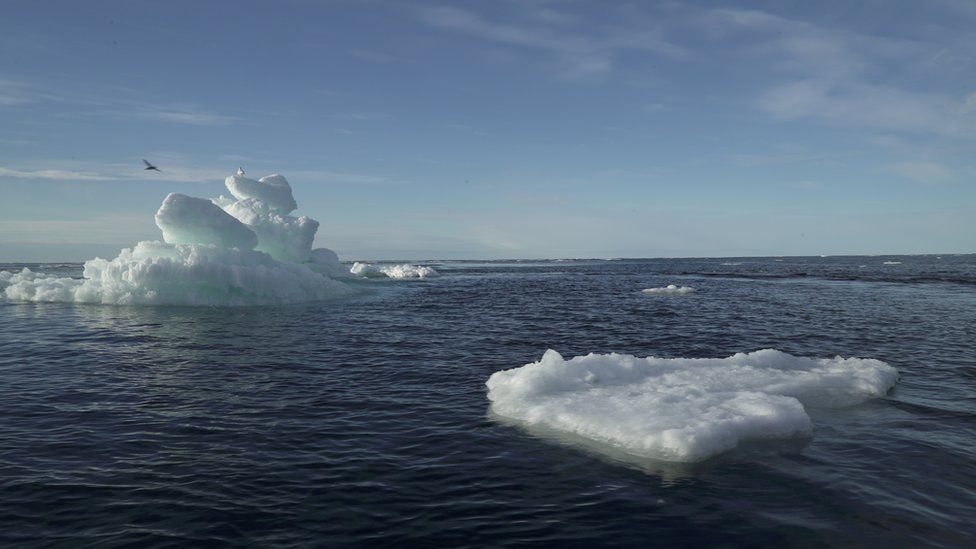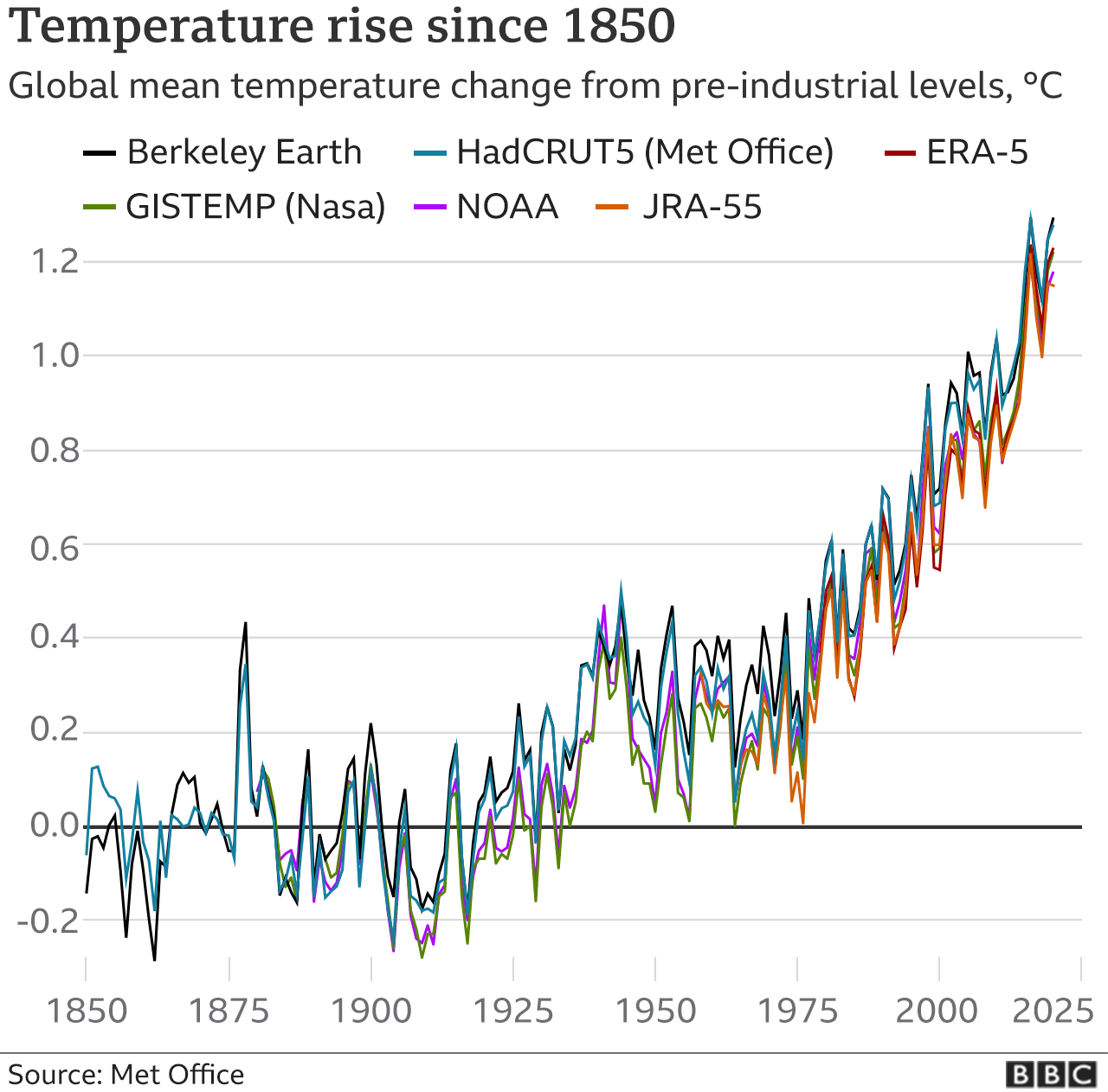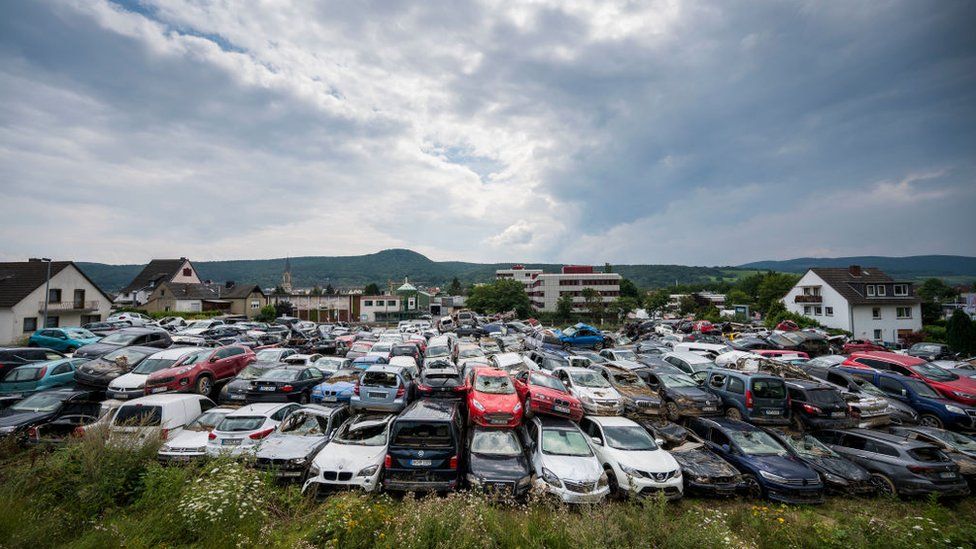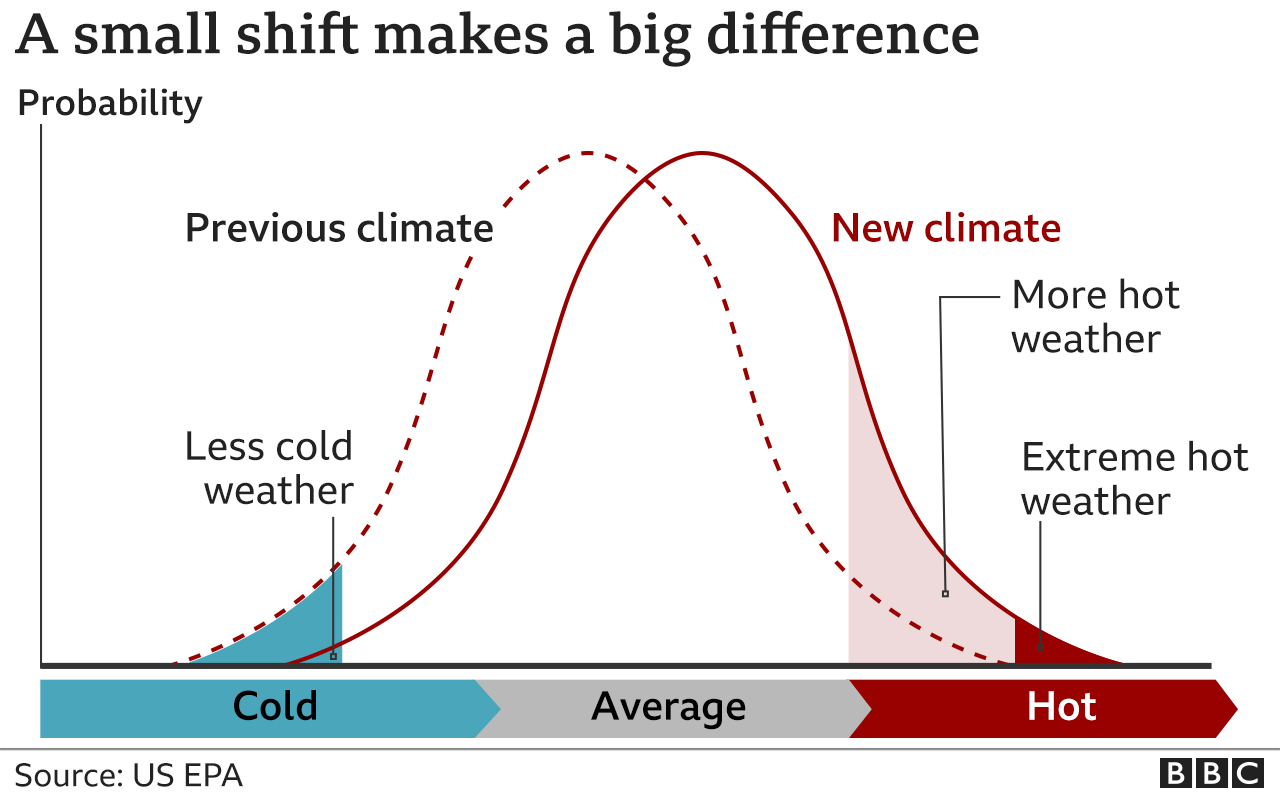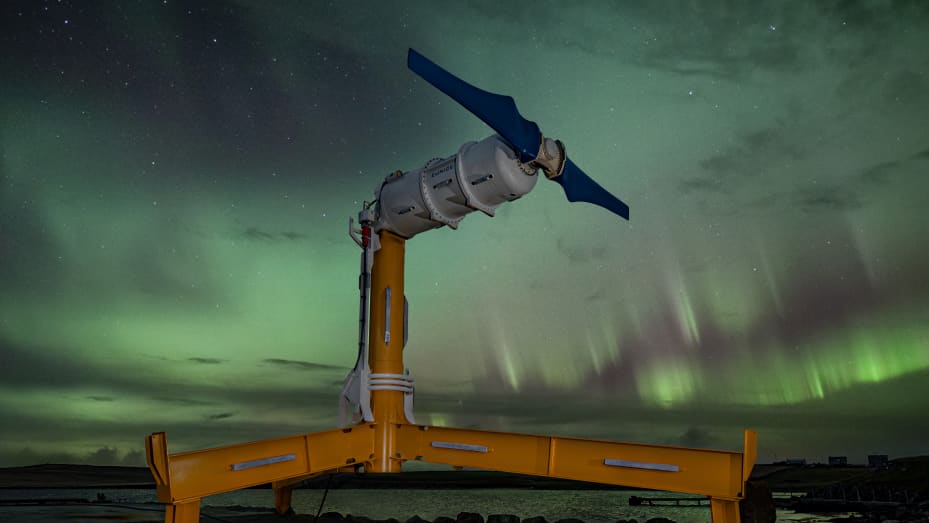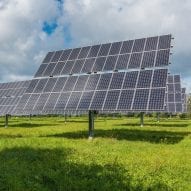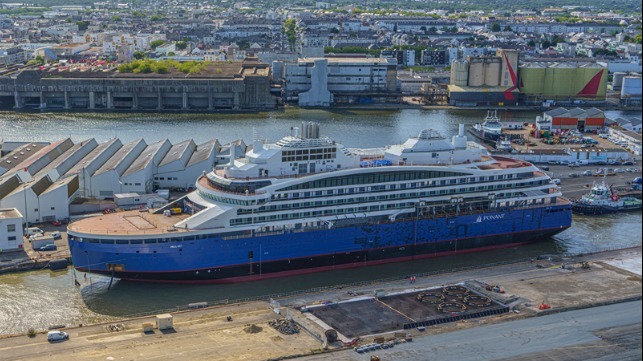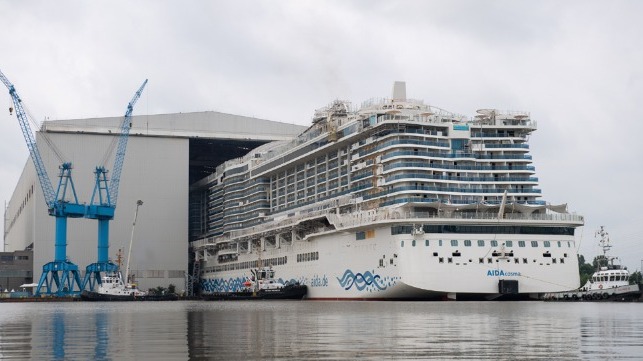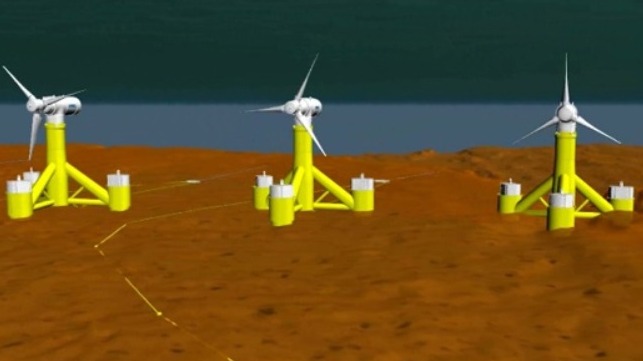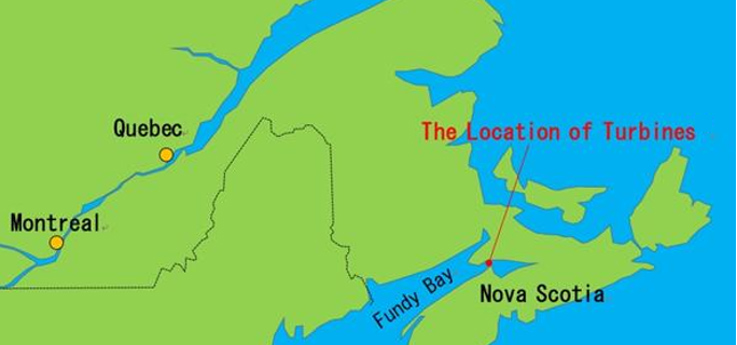
Gong Lijiao
Chinese shot putter
Grace Kim
Fri, August 6, 2021
Social media users are outraged as Gong Lijiao, an Olympic gold medalist who made a historic win on Sunday, was called a “manly woman” and asked of her plans for a “woman’s life.”
The win: The four-time Olympian won the women’s shot put event with a career-best of 20.58 meters (67.52 feet), bringing home China's first gold medal in an Olympic field event. The feat was also the first gold medal for any Asian athlete in shot put.
The interview: A sports correspondent for CCTV, a state-run broadcaster, said to viewers that the gold medalist appeared to be a “manly woman,” before the segment cut to the interview.
“I may look like a manly woman on the outside, but inside I'm still more of a girl,” Gong said, according to BBC.
Gong was said to be surprised after the interviewer then asked about her plans for a “woman’s life.”
“Since you used to be a manly woman for shot put, do you feel you can be yourself from now on?” a female reporter asked.
“Um... maybe I'll look at my plans,” Gong responded. “If I don't train then perhaps I will lose weight, get married and have children. Yes, it's the path one must take in life.”
She was questioned further about her relationship status, the type of man she’s looking for and if she would arm-wrestle her boyfriend.
The outrage: Social media users were quick to rally behind Gong, criticizing the questions she was asked.
A hashtag related to “Are women only limited to talk about marriage” has received more than 350 million views and 161,000 comments, according to The Guardian.
The incident sparked further discussion on challenging the outdated views of gender roles and beauty standards of women.
One commenter wrote: “Some only care about Gong’s figure and uterus whilst she is on the track of achieving her dream.”
“It’s not that she can’t get married, but that few men in this session are worthy of her,” read another popular post. “She is too good to marry any of them. Women are entitled to talk much more than just marriage, like our dream and success.”
Gong replied to the post, “This expresses how I feel, thank you!”
The incident is nothing new to women athletes all over the world. South Korean archer An San also recently faced a string of sexist comments about her appearance despite winning two gold medals in the Games, NextShark previously reported.
Kellen Forrest
·Writer
Fri., August 6, 2021
Gong Lijiao of China celebrates during the women's shot put final at the Tokyo 2020 Olympic Games. (Photo by Wang Lili/Xinhua via Getty Images)
After you win an Olympic gold medal, the first thing you would expect to be asked about is the winning performance. Something along the lines of how it feels to officially be the best in the world at your given sport.
Unfortunately for China’s Gong Lijiao, after winning the gold medal in women’s shot put, the post-event interview focused solely on her relationship status, rather than her triumph. She was also absurdly described as a “manly woman” during the segment.
The interview was conducted by the Chinese state media channel CCTV, which asked Gong a number of highly personal questions, including both when she would marry and if she had plans for children.
Nothing on one of the most dominating shot put performances ever seen, but instead if she had “plans for a woman’s life?”
This content is not available due to your privacy preferences.Update your settings here to see it.
The asinine line of questioning caused many Chinese citizens to come to the defence of their new Olympic champion on the popular social media platform Weibo.
One of the trending hashtags was “Is marriage the only thing that can be talked about women?”
Clearly, the female reporter from CCTV thought so.
Gong is a better person than most, however, as no one would’ve blamed her if she decided not to give the interviewer the time of day. Instead, the 32-year-old decided to take the high road.
“I may look like a manly woman on the outside, but inside I’m still more of a girl,” she said in response to the inappropriate label.
She was also asked: “Since you used to be a manly woman for shot put, do you feel you can be yourself from now on?”
Gong responded, “Um… maybe I’ll look at my plans. If I don’t train then perhaps I will lose weight, get married and have children. Yes, it’s the path one must take in life.”
One good thing to come out of all this is that Gong now has hundreds of new fans in her corner. One popular post on Weibo claimed that “It’s not that she can’t get married, it’s that no man is her match.”
That truly might be the case as Gong’s performance was so dominant, all five of her throws would’ve been good enough for the gold medal.
Not too shabby if you ask us.

